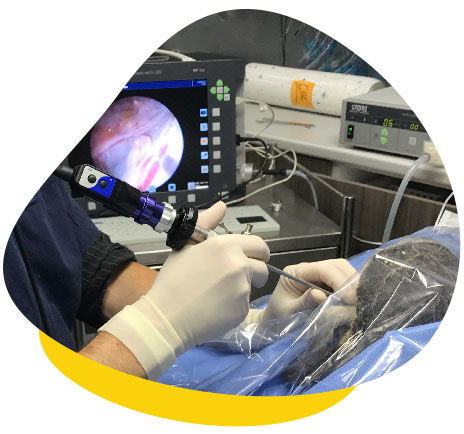Is My Reptile a Boy or Girl?
It can be challenging to determine if a reptile is a male or female, as often there can be a lack of external differences between the sexes (sexual dimorphism). This is in contrast to most mammals where gender determination is generally straight forward.
Birds, for example, are becoming increasingly easier to sex as we now have access to incredible DNA technology where we can tell the sex of your bird from one drop of blood. Unfortunately, this technology is not yet available for reptiles.
For reptile owners, the need to know their reptiles’ gender is critical for understanding many behaviours, as well as alerting them to possible reproductive related diseases. Some conditions can be life-threatening, making gender determination a vital part of owning reptiles.
Examples of some medical conditions that are sex-specific are males developing issues with hemipenes (the organ used to deposit sperm into the female) and various testicular conditions. In contrast, females can have dystocia (difficulty giving birth), egg retention, preovulatory follicular stasis, ovarian torsion, infections and cancers.
This article looks at the different methods of reptile sexing that is commonly offered by The Unusual Pet Vets.
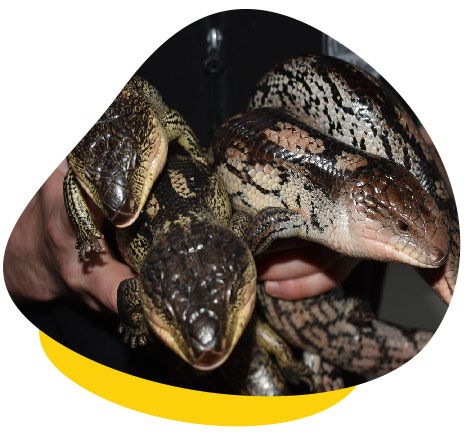
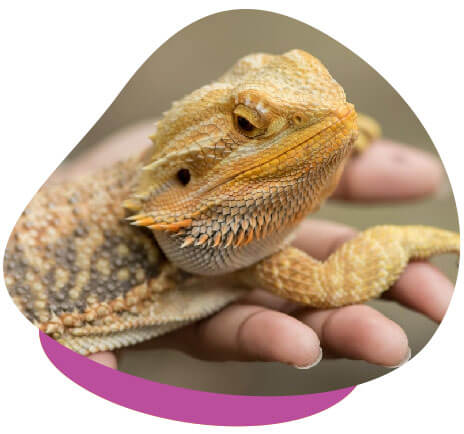
Visual Sex Determination
Some reptiles have obvious sexual dimorphism where the males look quite different from the females. Many geckos are an excellent example of this, as the males develop a much larger bulge just caudal (towards the tail) to their cloaca.
Several dragon and monitor species also have external differences, with the males often having larger heads, more obvious femoral pores, growing to a larger size, and in some cases having larger spurs at their tail base. Some species of turtles also have external differences in shell shape and tail length with the males tail generally being longer.
In many species, you can also look for a ‘hemipenal bulges’. In some male lizards, tubular bulges exist on either side of the cloaca running towards the tail tip for a short distance on both sides. This bulge shows where the hemipenes (the reptile equivalent of a penis) are located.
Probing
Probing is the most common method of snake sex determination. It involves placing a smooth and round-ended metallic probe into the cloaca then directing it towards the tail where the hemipenes would sit in a male. If the probe advances only a short way, then the snake is a female as there is no hemipene for the probe to advance into.
Probing should only be performed by someone with an appropriate level of experience and training, as there is potential to cause damage if this technique is performed incorrectly.
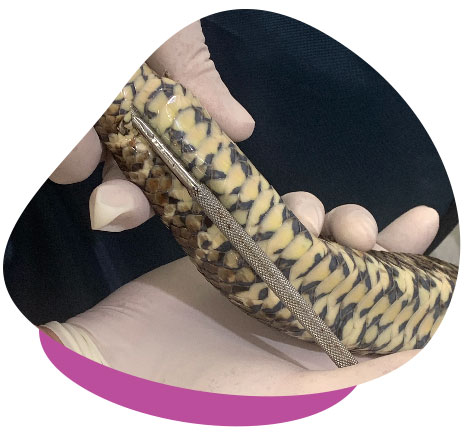
Illumination
Some species can be sexed by placing a bright light source up against the tail base (while in a dark room) and looking for the blood vessels that run inside a male’s hemipenes.
This works well in species that are lighter in colour with a relatively thin tail. It is, however, challenging in other species.
Popping
Popping involves placing a small amount of pressure at the tail base to evert the hemipenes (if the animal is a male). This technique also has the potential to damage the reptile and should only be attempted by an experienced reptile vet.
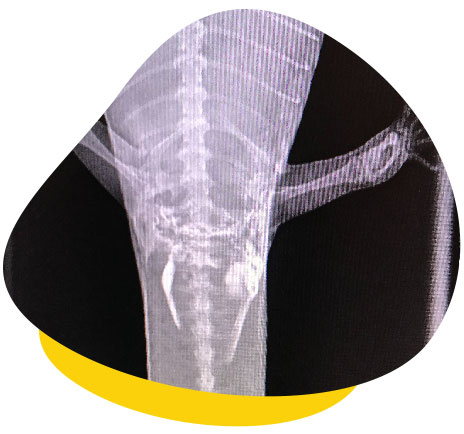
Radiography (x-ray)
Radiography can help to determine the sex of some lizard species (and any species if they have eggs present).
One method that is often used in large monitors involves plain radiography where we are looking for the ossification of the end of a males hemipene. This technique has its limitations as if this is not present; it doesn’t guarantee that the animal is a female as many males do not have hemipenal ossification.
A second technique commonly used involves inserting a small amount of specialised dye into the reptile’s cloaca in a caudal (towards the tail tip) direction. The distribution of the dye looks different in males and females, which allows us to determine the gender. This technique is particularly handy for bluetongue species.
Ultrasound
An ultrasound can easily determine a reptile’s gender and can also help to tell if the reptile is reproductively active. It is not painful and can be performed in most species that are large enough (some really small species are just too small to get accurate results).
Endoscopy
Many reptiles can also have their gender determined by inserting a small (generally 1.9 mm or 2.7 mm) endoscope into their body cavity to be able to identify whether they have ovaries or testicles visually. This technique requires general anaesthesia, so other methods are often preferred where possible.
As you can see, there are lots of different techniques for determining the sex of a reptile. Every reptile is different, so if you would like to know any more about what the best way would be for your animal, then please get in touch with us.
